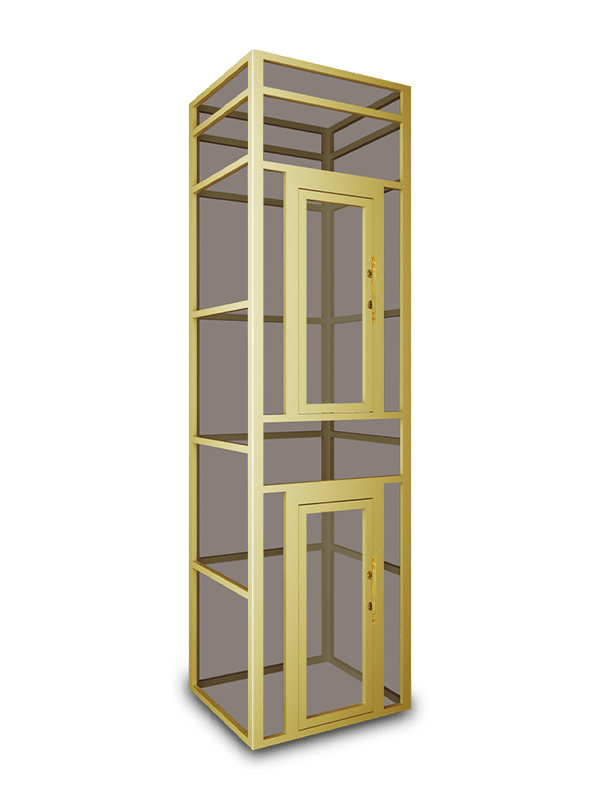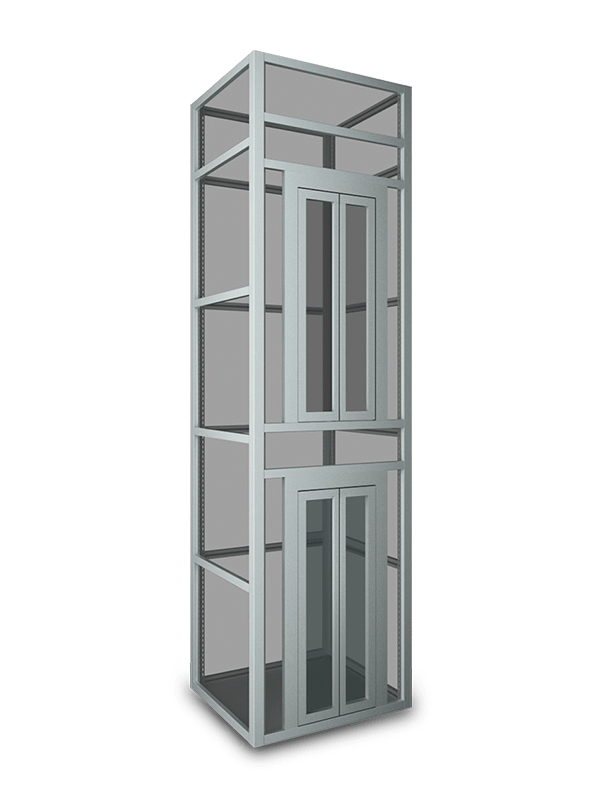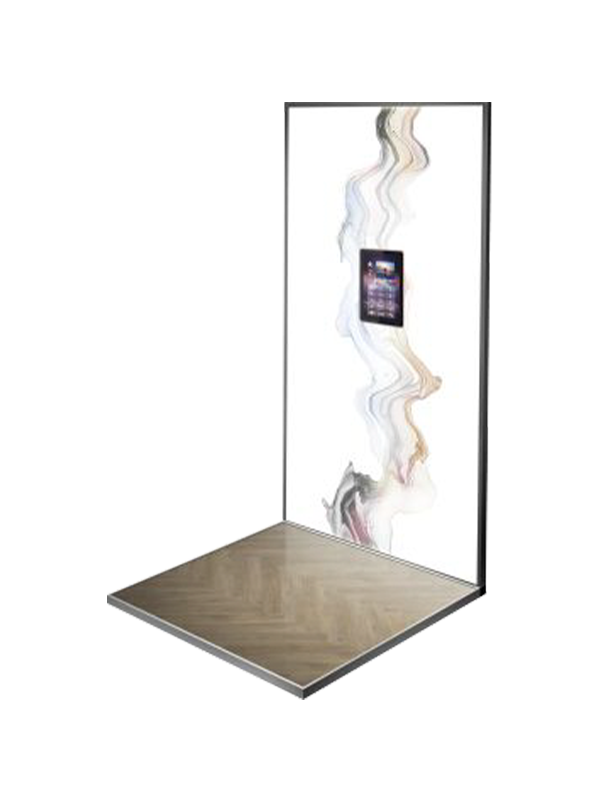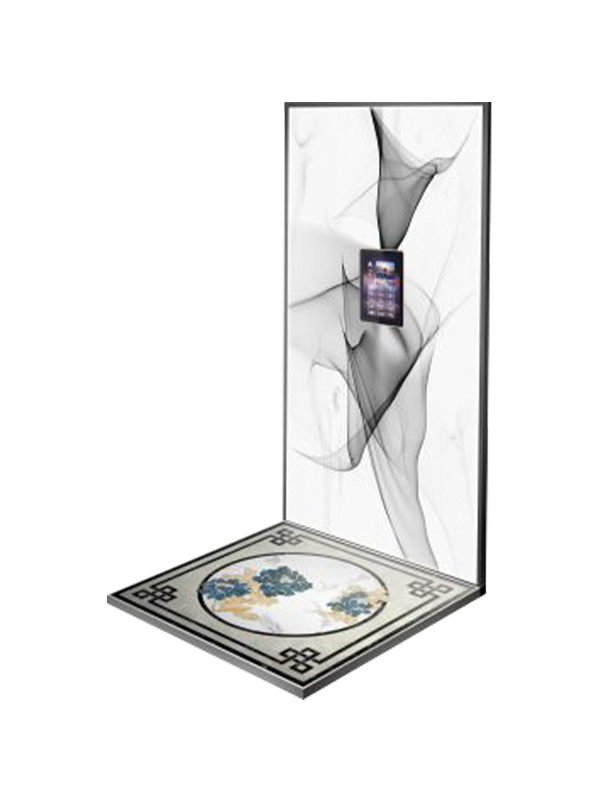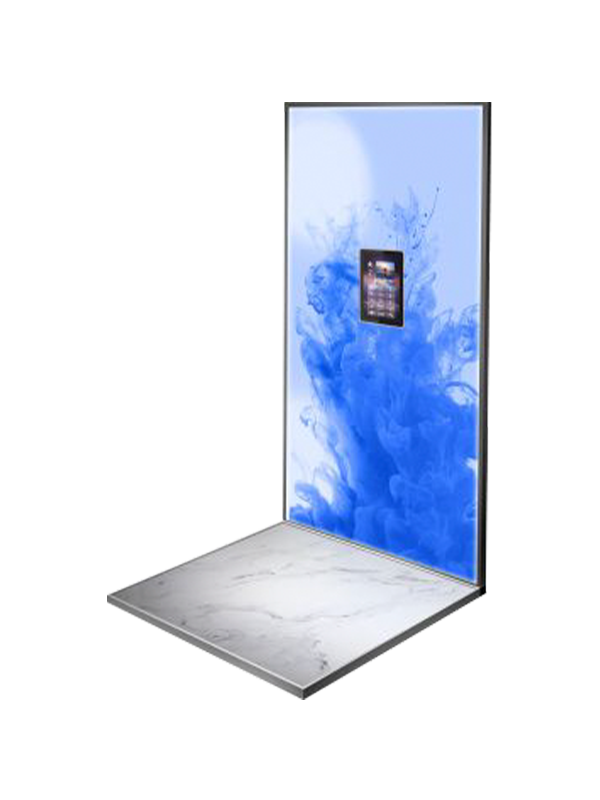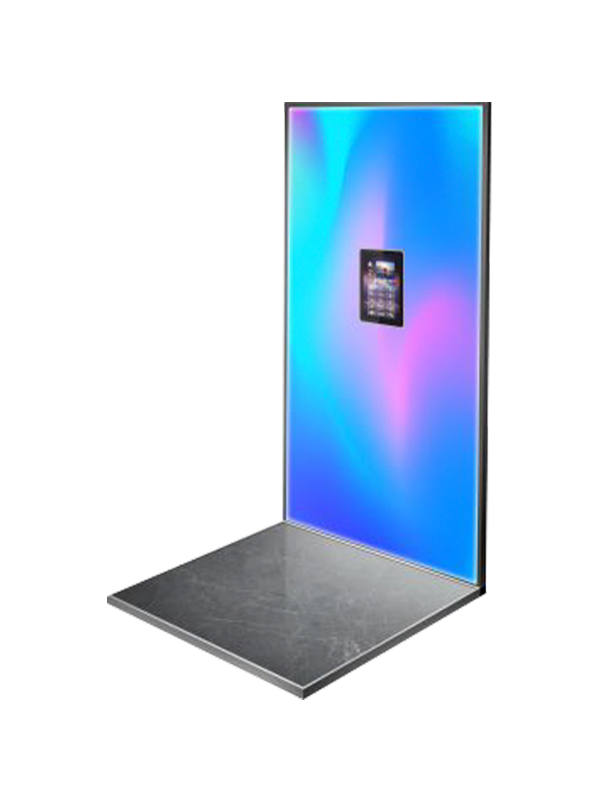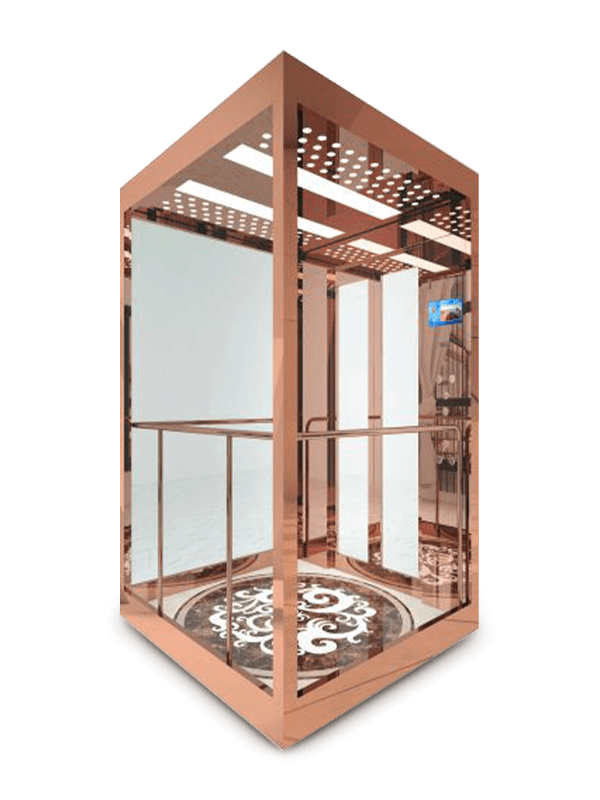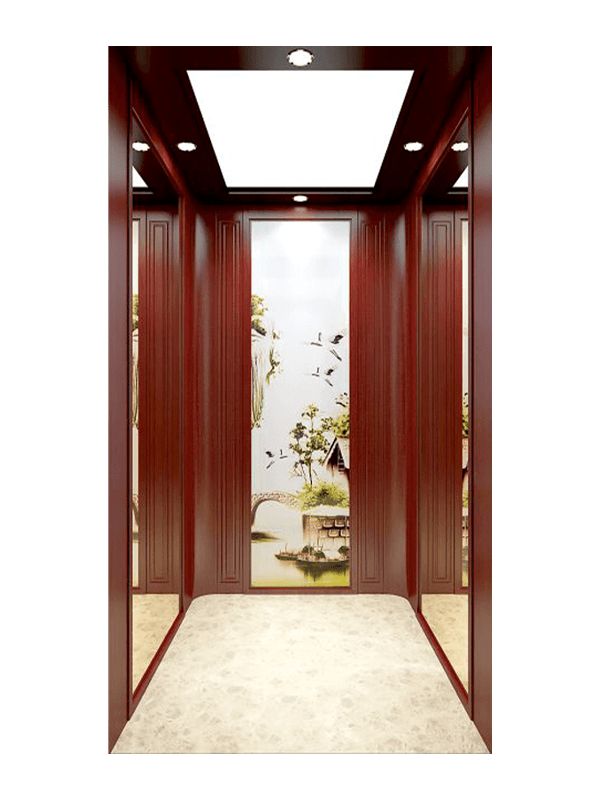Elevators are an essential part of modern buildings, providing both convenience and safety for passengers. The interior design of elevators plays a significant role in the overall user experience, affecting aesthetics, durability, and ease of maintenance. Among various interior materials, Imitation Marble Passenger Elevator Interior has become increasingly popular due to its elegant appearance and relatively low cost compared to natural marble. One of the critical concerns for building managers, architects, and elevator users is the material’s resistance to impact and dents, as elevators often experience heavy daily use.
Understanding Imitation Marble in Elevator Interiors
Before evaluating resistance to impact or dents, it is important to understand what Imitation Marble Passenger Elevator Interior is made of. Unlike natural marble, imitation marble is typically manufactured using composite materials such as:
- High-density polymers or resins – These form the main structural component, providing rigidity.
- Mineral fillers – Often added to enhance weight, texture, and finish to resemble real marble.
- Surface coatings – High-gloss or matte coatings are applied to protect the material from scratches, staining, and minor impacts.
Because imitation marble is engineered rather than quarried, it allows for more consistent thickness, color, and pattern. Its composition can be adjusted to balance aesthetics, weight, and durability, making it suitable for high-traffic environments like elevators.
Factors Affecting Impact Resistance
Several factors determine how well an Imitation Marble Passenger Elevator Interior can resist dents or impact:
1. Material Thickness and Density
Thicker panels generally provide higher resistance to impact. Panels with higher density, created through carefully formulated resin and mineral fillers, are less likely to crack or dent under pressure. Elevator interiors with thin panels may show visible indentations even from minor bumps.
2. Type of Resin and Filler
Different resin types have varying levels of hardness. Acrylic or epoxy-based resins tend to be more impact-resistant than simple polyester resins. The type and proportion of mineral fillers also affect durability; some composites are engineered specifically to mimic the hardness of natural stone.
3. Surface Coating
Protective coatings enhance resistance to scratches, dents, and chemical damage. Some coatings are UV-resistant, preventing discoloration, while others add a slight flexibility to absorb minor impacts without cracking.
4. Panel Installation Method
How the panels are mounted influences impact performance. Panels fixed securely to the elevator walls with minimal gaps are less likely to flex under impact. Floating or loosely mounted panels may dent or warp more easily.
5. Environmental Factors
Temperature fluctuations, humidity, and exposure to cleaning chemicals can subtly affect the material’s hardness over time. For instance, prolonged exposure to high humidity may slightly soften the resin, reducing impact resistance.
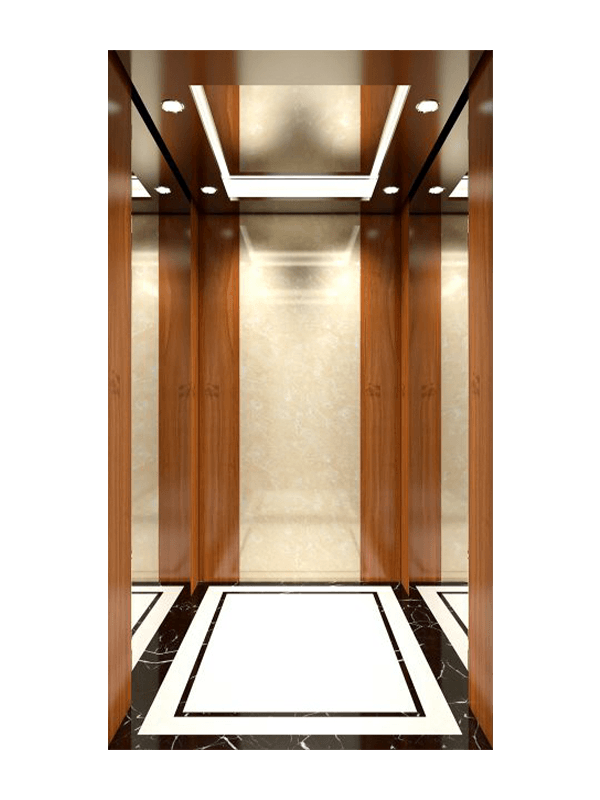
Common Types of Impact in Elevators
To understand the practical resistance of imitation marble, it is useful to look at the types of impacts it may encounter:
- Passenger contact – Daily use exposes the walls to bumps from hands, elbows, or carried luggage.
- Freight or service items – Deliveries using trolleys or carts may accidentally hit the walls.
- Maintenance tools – Tools used for elevator maintenance can create dents or scratches if mishandled.
- Accidental collisions – In some cases, heavy items may strike the walls, especially in freight or mixed-use elevators.
The severity of these impacts varies, but imitation marble interiors are generally designed to withstand minor to moderate contact without visible damage.
Comparative Performance: Imitation Marble vs. Natural Marble
While imitation marble mimics the look of natural marble, their impact resistance differs:
- Natural Marble: Extremely hard and dense, but brittle. Even a small localized impact can chip or crack natural marble.
- Imitation Marble: Slightly softer than real marble, making it less prone to catastrophic cracking. Its composite nature allows minor dents to occur but prevents large-scale chipping.
This means that, in high-traffic elevators, imitation marble can actually be more practical, as minor dents or surface scratches are less noticeable and easier to repair than chips in natural marble.
Testing and Standards
Manufacturers often perform impact and dent tests on imitation marble panels before installation. These may include:
- Drop weight tests – Simulating objects striking the wall from a certain height.
- Indentation tests – Applying a known force to measure resistance.
- Scratch resistance tests – Evaluating the surface coating durability.
While the results vary depending on material formulation, most commercial imitation marble panels meet the required safety and durability standards for passenger elevators. Some high-grade panels are engineered to resist impacts equivalent to several kilograms dropped from human height without visible damage.
Maintenance Practices to Enhance Durability
Even the most impact-resistant imitation marble can benefit from proper maintenance. The following practices help prolong the life of elevator interiors:
1. Regular Cleaning
Use soft, non-abrasive cloths and mild cleaners to remove dirt and grime. Harsh chemicals or abrasive pads can weaken the surface coating, reducing impact resistance over time.
2. Protective Accessories
Installing corner guards, handrails, or bumper strips can protect high-contact areas from accidental collisions. These accessories are particularly useful in freight or hospital elevators.
3. Prompt Repair
Minor dents or scratches can be repaired with resin fillers and touch-up coatings. Addressing damage early prevents it from spreading or worsening.
4. Monitoring Environmental Conditions
Controlling elevator humidity and temperature helps maintain the structural integrity of imitation marble panels. Avoid excessive moisture exposure, which can slightly reduce panel hardness.
Real-World Use Cases
In many commercial and residential buildings, Imitation Marble Passenger Elevator Interiors have been installed for over a decade with minimal visible wear. Observations from building managers highlight:
- Minor scuffs and dents can occur, particularly near the entrance or behind handrails, but these are often subtle.
- Panels maintain their aesthetic appeal even with heavy daily use.
- Replacement or repair of individual panels is more cost-effective than natural marble, due to easier handling and lighter weight.
These experiences suggest that, while no material is completely immune to damage, imitation marble provides a practical balance of elegance and durability.
Choosing the Right Imitation Marble Panel for Maximum Resistance
To ensure the best performance against impact and dents:
- Select thicker panels – Panels at least 6–8 mm thick offer superior resistance.
- Opt for high-quality resins – Epoxy or reinforced acrylic formulations are ideal.
- Check coating specifications – A UV-resistant, scratch-proof finish adds protection.
- Consult manufacturers for test results – Reputable suppliers provide impact resistance data.
- Plan for protective elements – Handrails or corner guards in high-contact zones improve longevity.
Conclusion
The Imitation Marble Passenger Elevator Interior is a practical choice for modern elevators, offering an elegant, durable, and relatively low-maintenance alternative to natural marble. While it is not completely impervious to dents or impacts, its engineered composition, surface coatings, and installation techniques make it highly resistant to everyday wear and tear. Proper selection, installation, and maintenance further enhance its durability, ensuring that elevators remain both functional and aesthetically appealing for years.
Ultimately, when considering the impact resistance of elevator interiors, imitation marble provides a smart balance between beauty and practicality. It withstands minor impacts better than brittle natural marble, is easier to repair, and offers a customizable solution that meets the demands of residential, commercial, and mixed-use buildings alike.


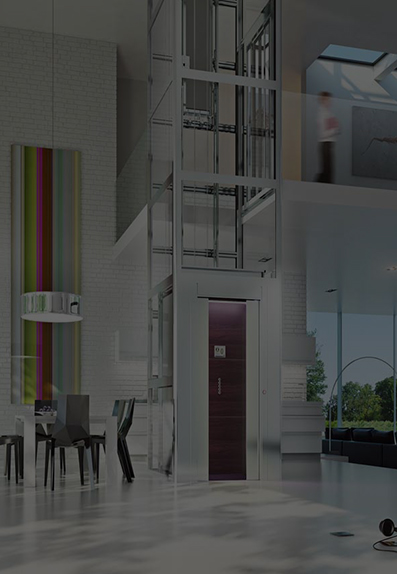


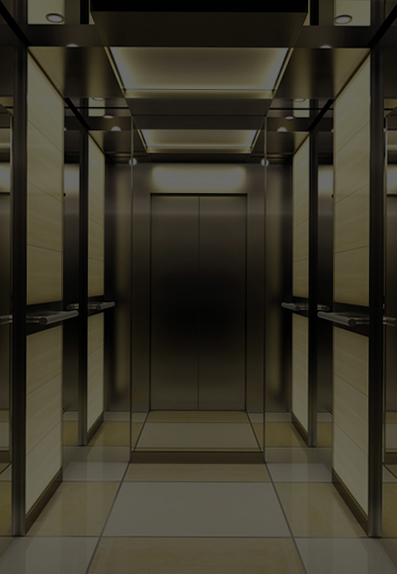
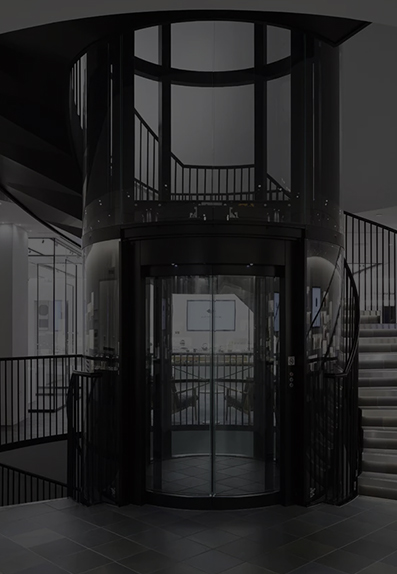
 English
English عربى
عربى Deutsch
Deutsch Español
Español Français
Français русский
русский 日本語
日本語 简体中文
简体中文